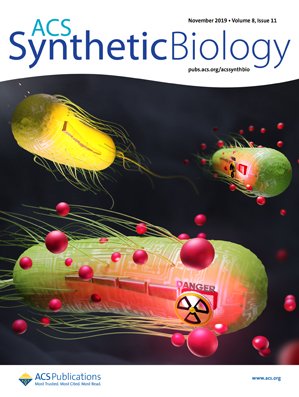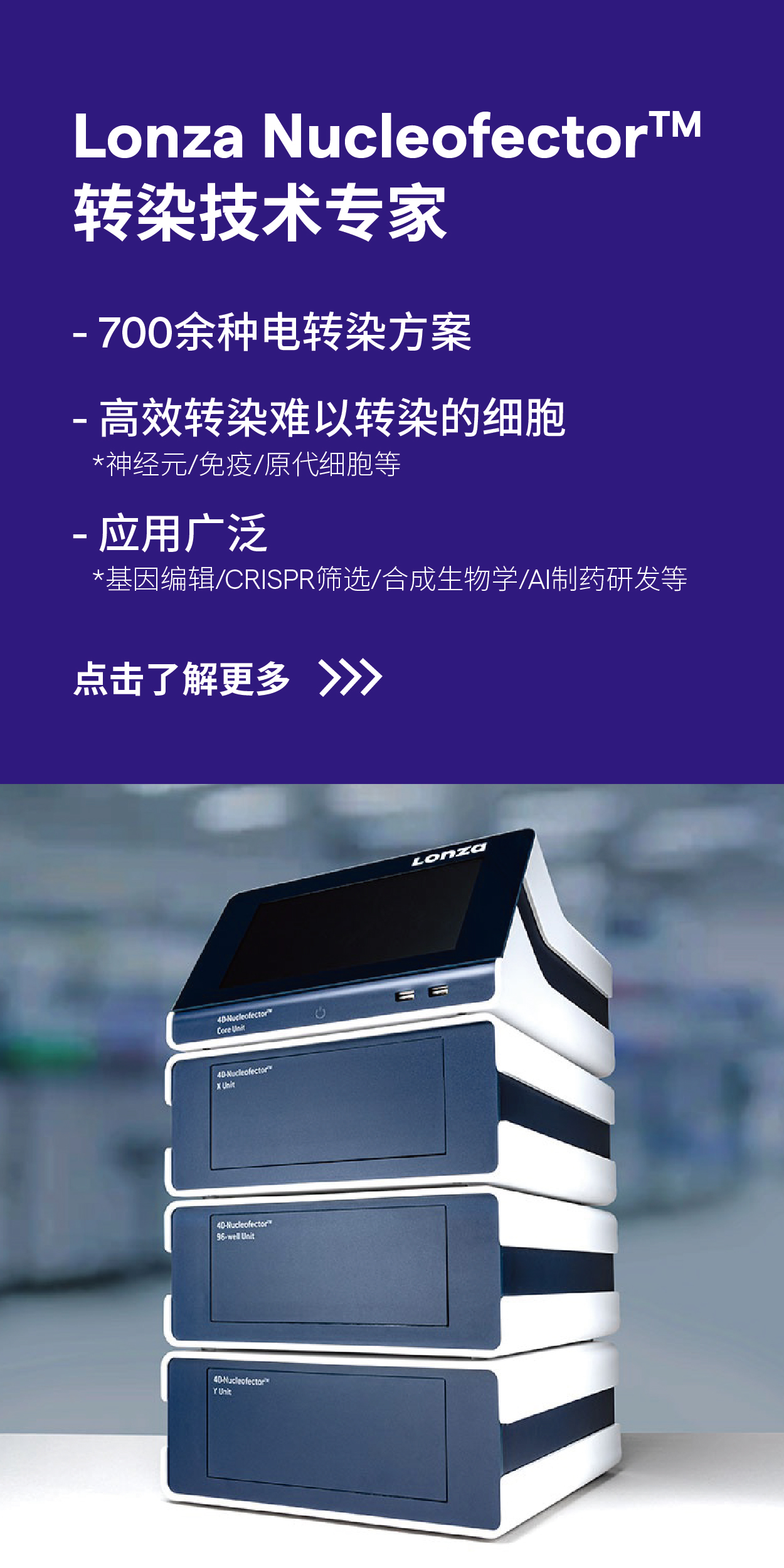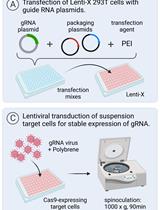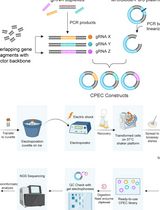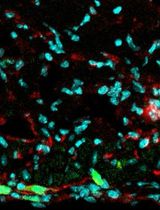- EN - English
- CN - 中文
Assembly of Genetic Circuits with the Mammalian ToolKit
用哺乳动物工具包组装遗传电路
发布: 2020年03月05日第10卷第5期 DOI: 10.21769/BioProtoc.3547 浏览次数: 6712
评审: Gal HaimovichAnonymous reviewer(s)
Abstract
The ability to rapidly assemble and prototype cellular circuits is vital for biological research and its applications in biotechnology and medicine. The Mammalian ToolKit (MTK) is a Golden Gate-based cloning toolkit for fast, reproducible and versatile assembly of large DNA vectors and their implementation in mammalian models. The MTK consists of a curated library of characterized, modular parts that can be assembled into transcriptional units and further weaved into complex circuits. These circuits are easily repurposed and introduced in mammalian cells by different methods.
Keywords: Cloning (克隆)Background
Molecular cloning is a hallmark of modern biotechnology with the ability to repurpose recombinant DNA into a variety of genetic circuits that can represent a spectrum of purposes. However, a major limitation in exploring the permutations possible in construction of genetic circuits is the ability to rapidly prototype, test and implement improvements on circuit designs. For this to come to fruition, the time from designing genetic circuits to delivery into cells needs to be expedited from conventional cloning methods, such as Gibson cloning (Akama-Garren et al., 2016) or restriction digests. We designed a framework in which a conventional gene circuit is deconstructed into its constituent components such that one can easily swap these components to quickly assemble vast combinations, assessing how each iteration affects function. Inspired by earlier iterations of cloning toolkits (Weber et al., 2011a and 2011b; Duportet et al., 2014; Lee et al., 2015; Martella et al., 2017; Pérez-González et al., 2017; Halleran et al., 2018; Pollak et al., 2019), we adopted a Golden-gate cloning system where assembly of constituent parts into functional units can be accomplished in a one-pot fashion (Weber et al., 2011a and 2011b). To concretely realize the promise of this framework, we built and characterized over 400 DNA parts that encode a myriad of reagents. We named the curated library and cloning framework the Mammalian ToolKit (MTK) (Fonseca et al., 2019). With the MTK, swapping promoters, switching fluorophores, or rapidly prototyping protein tags constitutes changing one plasmid in a reaction. This is markedly different from having to redesign oligos and PCR verifying correct assembly for every use case, thus discouraging continued optimization of a construct of interest. The hierarchical nature of this system enables a library of parts to expand to a library of transcriptional units (TUs) that can be further combined to create multi-transcriptional unit vectors that are then delivered to cells. These TUs are delivery-agnostic, promoting their multiple uses. For example, the same TUs used in a circuit delivered to a specific locus via CRISPR-Cas9 homologous recombination can be recycled in a PiggyBac transposase transfection to be randomly integrated. While the initial time from part verification to delivery into cells is comparable to conventional cloning (approximately 4 days), the repurposing of parts and TUs allows vast combinations of circuits to be assembled in only 2 days.
Despite the tremendous advantages the MTK presents, the barrier to entry may still dissuade those without a cloning background. To ameliorate the activation energy for adoption across all disciplines, here we present instructions on how to utilize the current library to assemble novel circuits, and a step-by-step protocol to “domesticate” new parts (that is to make them compatible with Golden Gate-based assembly of the MTK), assemble Transcriptional Units (TU), and create varied multi-transcriptional units (multi-TU). It is our goal to make this toolkit widely accessible and available to enhance the development of mammalian expression systems towards new and exciting discoveries in biology.
Materials and Reagents
- Sterile tips for micropipettes (Green-PakTM SpaceSaverTM stacked refills for Rainin pipettes)
- PCR microtubes (BioExpress, catalog number: T-3135-2 )
- Sequencing primer MTK_P072 (gagcctatggaaaaacgc)
- Sequencing primer MTK_P073 (gggcgtaatttgatatcg)
- LB Broth (Sigma-Aldrich, catalog number: L3022 )
- LB Broth with agar (Lennox) (Sigma-Aldrich, catalog number: L2897 )
- Chloramphenicol (Spectrum Chemical, catalog number: 40310016-2 ) (working concentration: 100 mg/ml)
- Carbenicillin solution (Spectrum Chemical, catalog number: 40310030-2 ) (working concentration: 25 mg/ml)
- Kanamycin sulfate (Sigma-Aldrich, catalog number: k4000 ) (working concentration: 100 mg/ml)
- T4 DNA Ligase (NEB, catalog number: M0202L )
- Poly(ethylene glycol) (PEG) (Millipore-Sigma, catalog number: 81268 )
- T4 Polynucleotide Kinase (NEB, catalog number: M0201L )
- T4 DNA Ligase Reaction Buffer (10x) (NEB, catalog number: B0202S )
- BsaI-HFv2 (NEB, catalog number: R3733S )
- FastDigest Esp3I (Thermo Fisher Scientific, catalog number: FD0454 )
- Miniprep kit (Thermo Fisher Scientific, catalog number: FERK0503PR )
- T4 DNA ligase + 2.5% PEG (see Recipes)
Equipment
- Micropipettes (Rainin Pipet-Lite XLS)
- Incubator shaker (New BrunswickTM Innova® 44, catalog number: M1282-0000 )
- Gel Documentation System (Protein Simple AlphaImager HP)
- Thermocycler (Bio-Rad C1000, catalog number: 1851148 )
- NanoDrop (Thermo ScientificTM NanoDropTM 2000c, catalog number: ND2000 )
Procedure
文章信息
版权信息
© 2020 The Authors; exclusive licensee Bio-protocol LLC.
如何引用
Fonseca, J. P., Bonny, A. R., Town, J. and El-Samad, H. (2020). Assembly of Genetic Circuits with the Mammalian ToolKit. Bio-protocol 10(5): e3547. DOI: 10.21769/BioProtoc.3547.
分类
生物化学 > DNA > 单分子活性
分子生物学 > DNA > DNA 克隆
细胞生物学 > 基于细胞的分析方法 > 基因表达
您对这篇实验方法有问题吗?
在此处发布您的问题,我们将邀请本文作者来回答。同时,我们会将您的问题发布到Bio-protocol Exchange,以便寻求社区成员的帮助。
Share
Bluesky
X
Copy link


